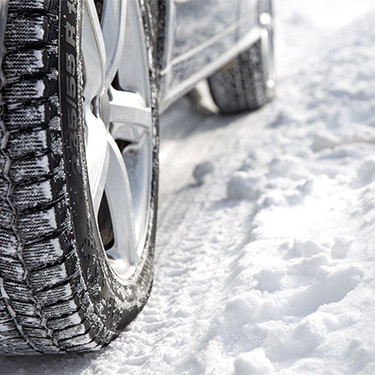According to the Illinois State Water Survey Prairie Research Institute, Illinois winters can be harsh. ISWS reports that the state experiences an average of five severe storms between November and April each year, although the state has been hit by as many as 18 storms within recent memory. These storms blanket the state in freezing rain, sleet and snow. Many Illinois drivers know about the hazards winter driving can bring. Drivers in Illinois should prepare their vehicles for winter driving and be aware of some basic winter driving tips so they can avoid liability for auto accidents.
Prepare vehicles for winter
The National Highway Traffic Safety Administration has emphasized the importance of people maintaining their vehicles so they are in good working order for the winter driving season. If a car is in optimal condition to face the elements, the driver is less likely to be involved in an auto accident.
NHTSA officials recommend drivers:
- Replace windshield wipers and fill the windshield washer fluid reservoirs with "no freeze" wash
- Have a mechanic perform a tune up on their vehicles, topping off fluids
- Check to see if the battery has sufficient voltage for starting in cold weather
- Check that defrost systems are properly working
- Flush the engine cooling system if it has not been done in a while to remove rust and dirt particles
- Check tire pressure and tread depth, and replace tires that are worn
- Put emergency kits in their cars, stocked with flashlights, warm winter clothing, warning flares, ice scrapers, shovels, jumper cables, food and water
Driving in adverse weather
Winter weather such as rain, snow and ice all work to reduce vehicle traction, making it more difficult for cars to stop. Vehicles require more time and distance to stop. Additionally, when the temperature drops tire pressure also falls. Tires that are underinflated respond more slowly to steering changes. Drivers can follow some safety tips to help adapt their driving to the conditions, including:
- Increasing following distance between vehicles and reducing speed to prevent the chances of a rear-end collision
- Beginning to try to stop three times earlier than when driving in clear weather
- Driving cautiously on roads at first to get a sense of the conditions
- Keeping windows clear for maximum visibility
- Using caution on bridges and exit or entrance ramps, as they freeze more easily than roads
- Approaching shady areas with care, as those spots are more likely to form black ice
- Not braking suddenly or making abrupt steering shifts when stopping, as it can lead to loss of vehicle control in ice
Winter weather such as rain, snow and ice all work to reduce vehicle traction, making it more difficult for cars to stop. Vehicles require more time and distance to stop. Additionally, when the temperature drops tire pressure also falls. Tires that are underinflated respond more slowly to steering changes. Drivers can follow some safety tips to help adapt their driving to the conditions, including:
Carelessness may lead to liability
All drivers have a responsibility to modulate their driving behaviors to suit the weather conditions. Drivers who fail to do so and cause accidents through their negligence may be liable for the property damage and injuries that they cause. If you have been involved in an accident with a driver who failed to exercise proper caution when driving in winter conditions, speak with an experienced personal injury attorney who can help ensure that you recover for your losses.
